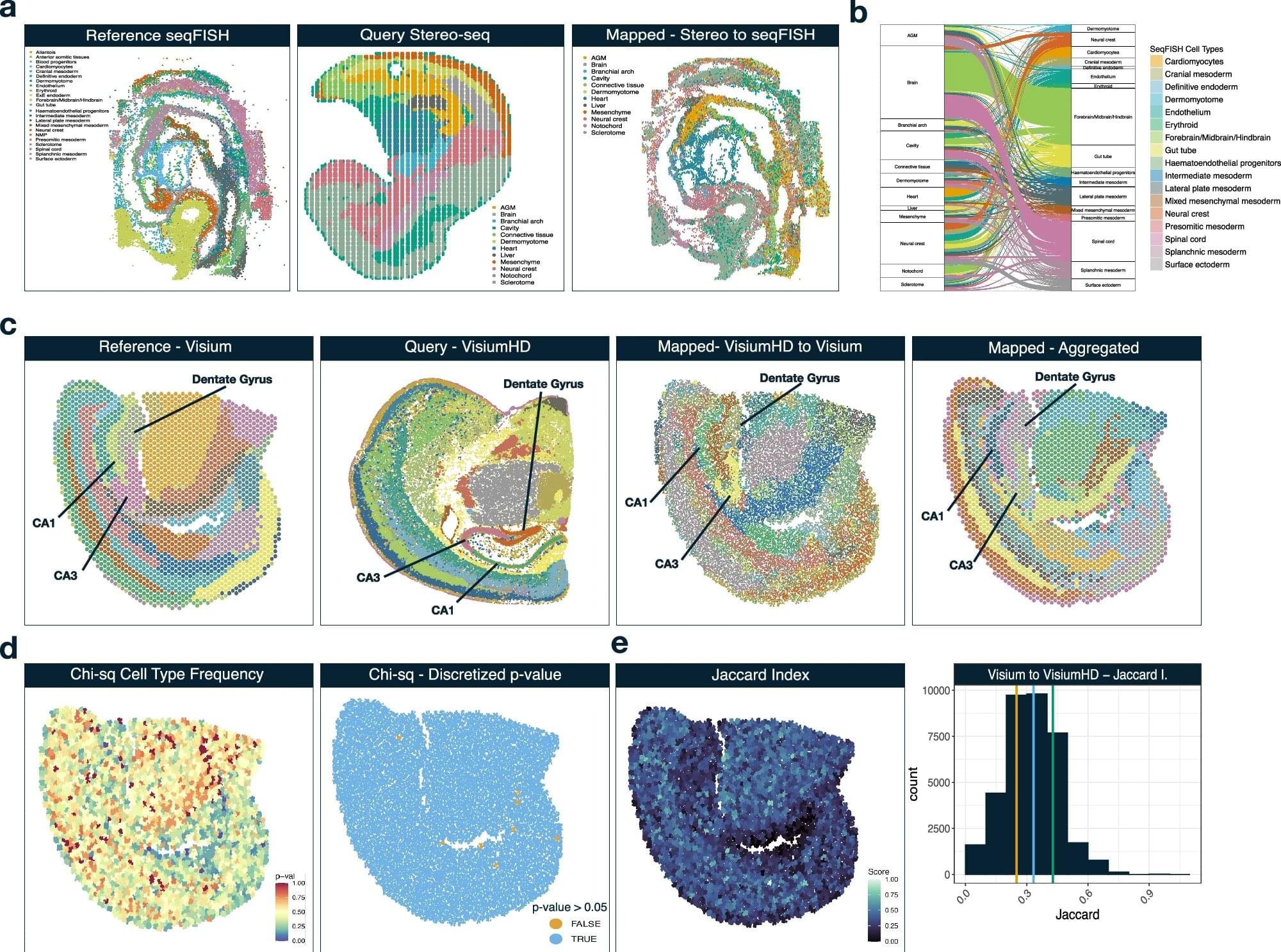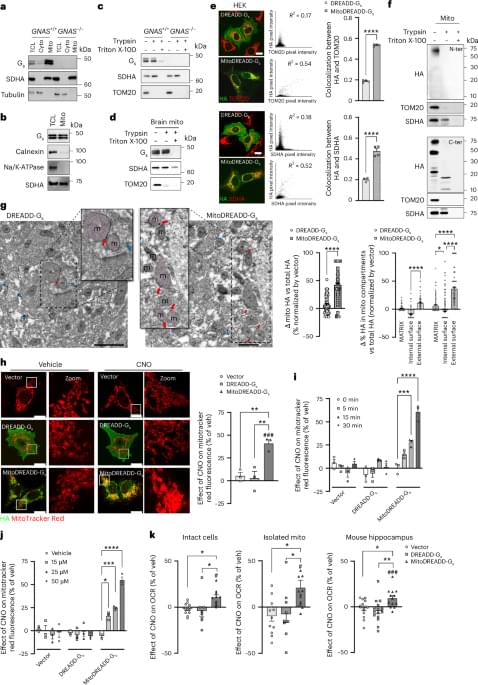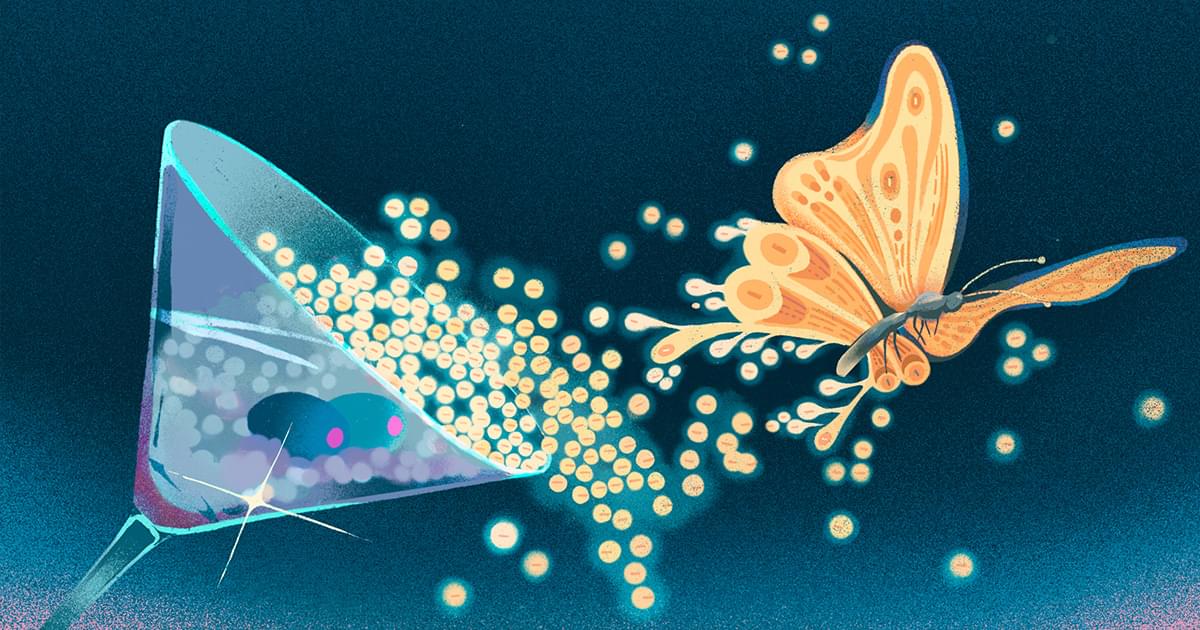With Mount Fuji 100 kilometers away, the video from the Tokyo Metropolitan Government aims to inform Tokyoites about how an eruption could still seriously impact their lives.
Get the latest international news and world events from around the world.



Cell-mapping tool provides insightful multi-layered view of cancer behavior
Researchers at VCU Massey Comprehensive Cancer Center have developed a new computational tool called Vesalius, which could help clinicians understand the complex relationships between cancer cells and their surrounding cells, leading to potential discoveries regarding the development of hard-to-treat cancers.
Findings from a new study, published in Nature Communications, could help guide the identification of predictive biomarkers for multiple cancers and better inform the effectiveness of different treatment options based on individuals’ specific type of disease.
Rajan Gogna, Ph.D., member of the Developmental Therapeutics research program at Massey and assistant professor in the VCU School of Medicine’s Department of Human and Molecular Genetics, and a team of collaborators were driven by the goal of interpreting extensive amounts of data in a meaningful way.

Using Microbes to Mine the Moon
JMP offers a 30-day free trial for anyone, anywhere. Go to https://www.jmp.com/scishow to see the benefits of visual statistics for yourself.
Rocky bodies like moons, asteroids, and comets are chock full of resources, from water, to helium-3, to rare earth elements. But how can we access them? Some scientists have proposed using microbes to aid in the mining of certain metals.




Mile-Deep Underwater Volcano Is Inflating ‘Like a Balloon’ and Could Erupt Soon, Scientists Warn
An underwater volcano off the Pacific northwest coast is projected to erupt soon.
Researchers at Oregon State University (OSU) have been recording activity at the Axial Seamount, located roughly 300 miles off the coast of Oregon and 4,900 feet under the surface, per ABC News and Axios. The underwater volcano’s recent behavior has signaled to OSU researchers that it’s tending toward an eruption in the near future.